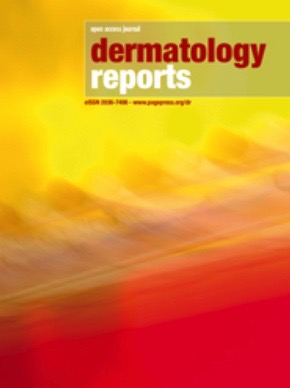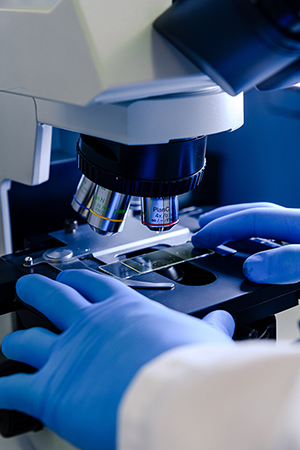Beyond the surface: an uncommon case of Microsporum gypseum subcutaneous mycosis induced by an insect bite
None
All claims expressed in this article are solely those of the authors and do not necessarily represent those of their affiliated organizations, or those of the publisher, the editors and the reviewers. Any product that may be evaluated in this article or claim that may be made by its manufacturer is not guaranteed or endorsed by the publisher.
Authors
Deep cutaneous and subcutaneous infections caused by dermatophytes are exceptionally uncommon, typically occurring through traumatic inoculation. This clinical report details the complex dermatological journey of a young, immunocompetent 24-year-old girl who reported a rare case of a subcutaneous mycosis caused by Microsporum gypseum. The patient presented with an annular erythematous plaque with centered papules on her left hand, which she referred to as stemming from an insect bite. Initial evaluation at another hospital included a biopsy, which resulted in a preliminary diagnosis of pyoderma gangrenosum. Appropriate treatment with topical steroids and later oral cyclosporine provided no response, leading clinicians to perform a new biopsy and cultural examination; the patient was diagnosed with epidermomycosis and pustular folliculitis caused by Microsporum gypseum, a geophilic dermatophyte. In our patient’s case, terbinafine proved effective, resulting in complete remission. This article aims to emphasize the importance of considering rare conditions such as subcutaneous epidermomycosis when the patient’s medical history provides suggestive clues, particularly if the clinical manifestation aligns with the hypothesis.
How to Cite

This work is licensed under a Creative Commons Attribution-NonCommercial 4.0 International License.








